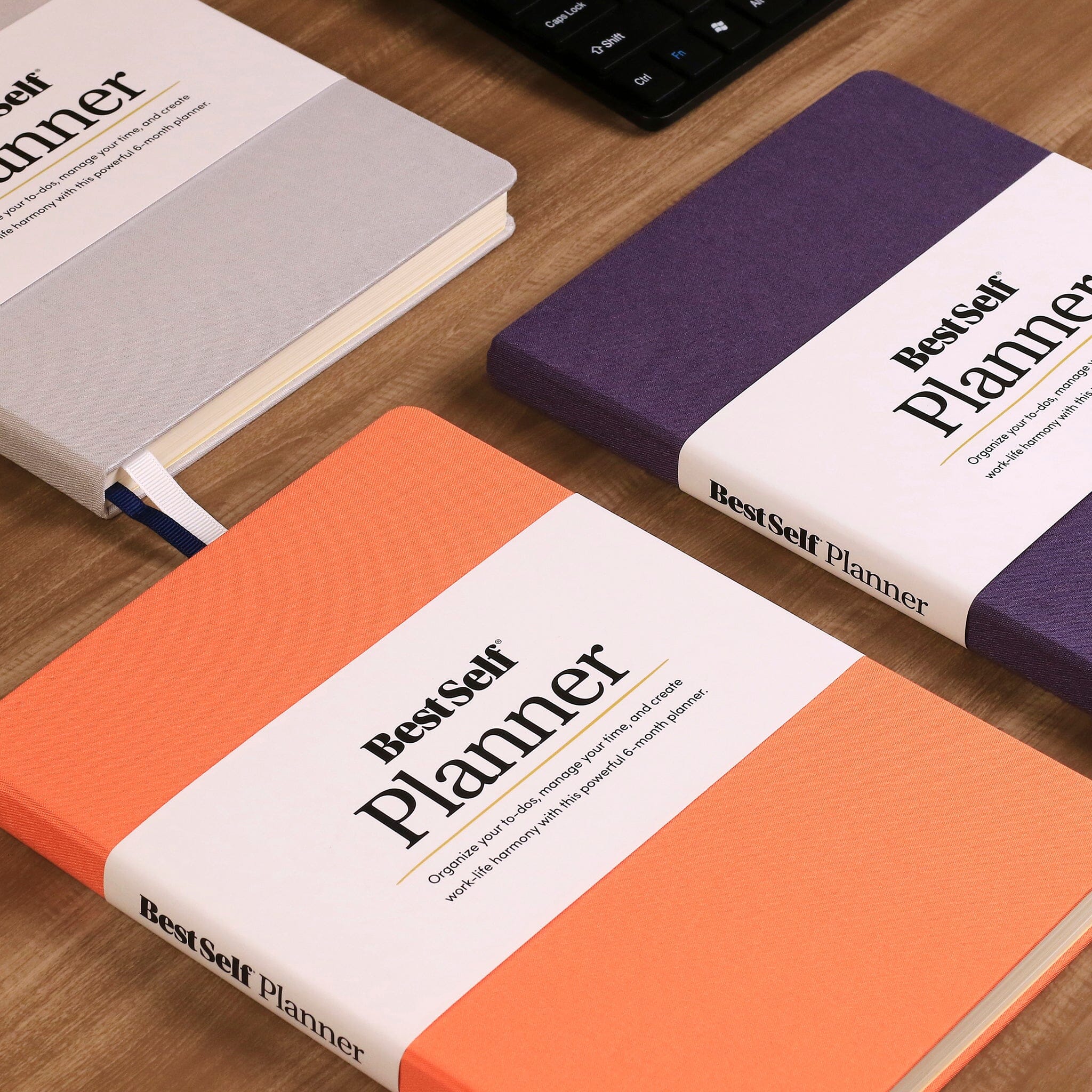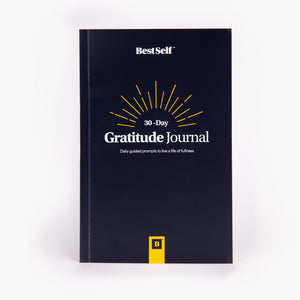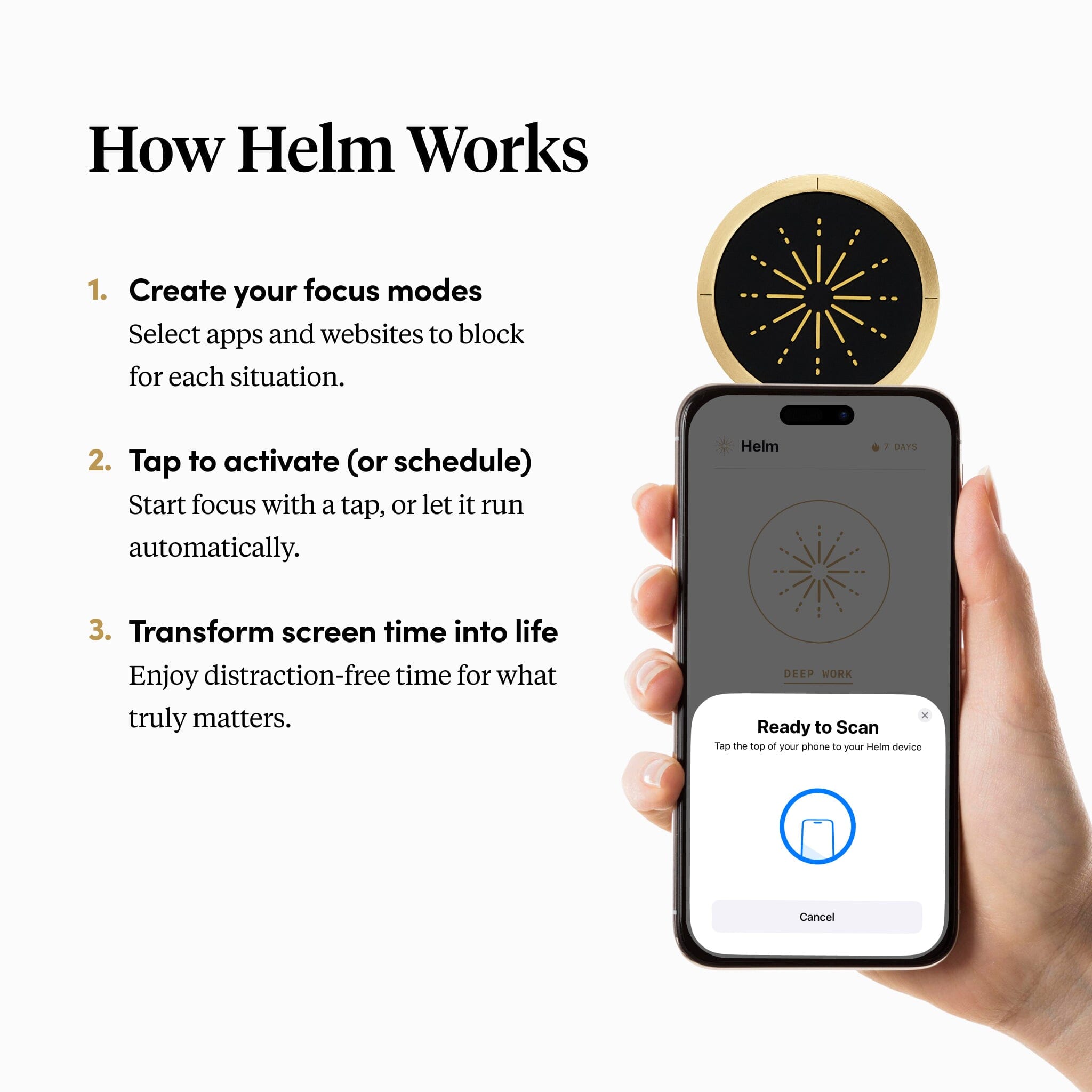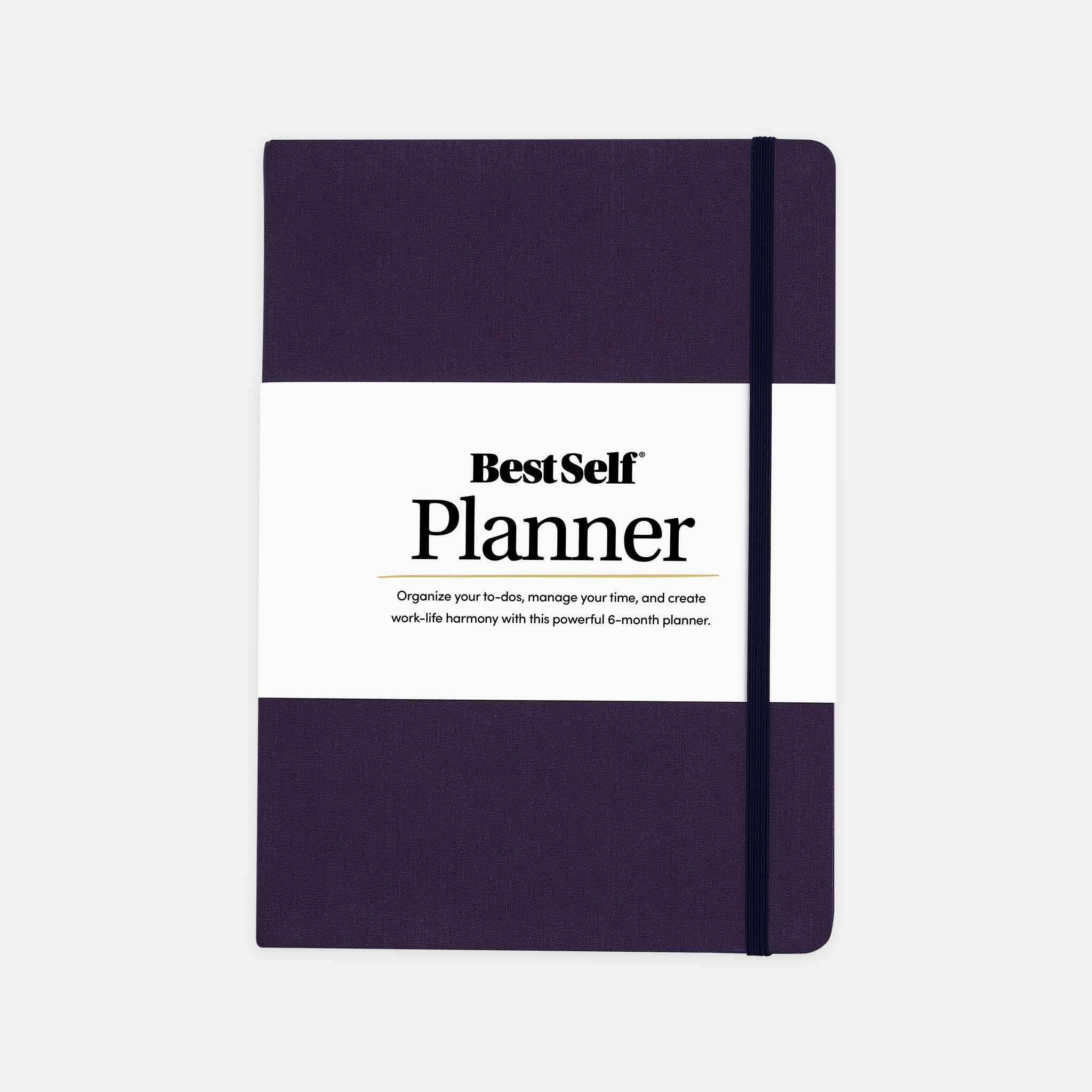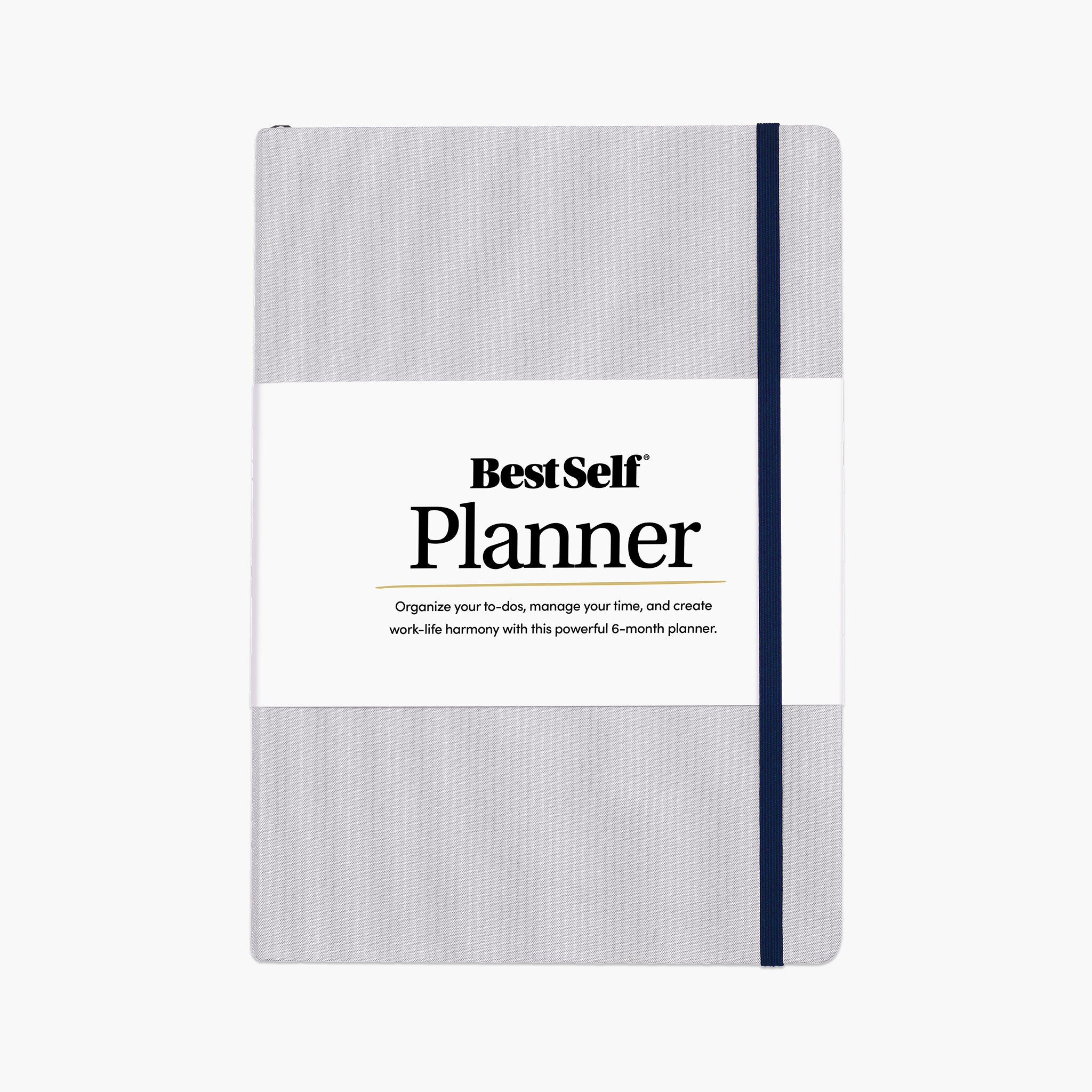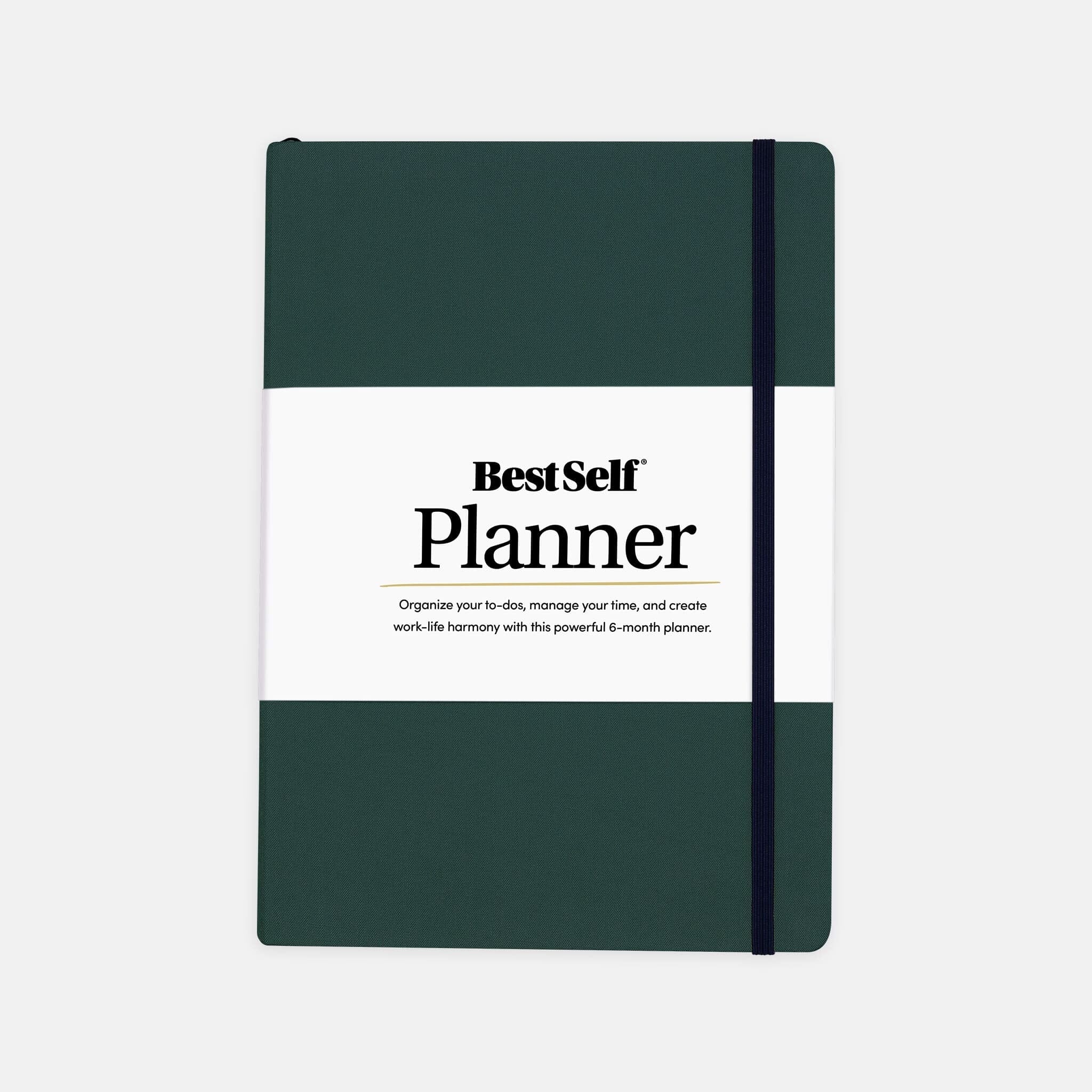What comes to mind when you hear the word "mindfulness"? Do you have images of Zen monks perched atop high mountains, suffering in order to attain enlightenment?
This is the popular image of Buddhism and the mindfulness practice that goes along with it. There's nothing wrong with this image, but it can leave most of us thinking that mindfulness is something only the most devout, dedicated spiritual practitioners can pursue and benefit from.
Luckily, this couldn't be further from the truth. At least, that's what you'll discover when you read Bhante Henepola Gunaratana's Mindfulness in Plain English, one of the best English sources on how to meditate. First published in 1981, the book recently came out in a 20th anniversary edition from Wisdom Publications. This expanded edition of the classic text ensures that we can continue to benefit from what renowned mindfulness teacher Jon Kabat-Zinn called "a masterpiece".
Here's a brief overview of the author, the book, and what it can teach us.
A Remarkable Book from a Remarkable Writer
Bhante Henepola Gunaratana is a Buddhist monk from Sri Lanka who came to the United States in 1968 at the invitation of the Buddhist Vihara Society of Washington, D.C. While serving with the institute, he earned a B.A., and M.A., and a Ph.D. in Philosophy from The American University, eventually becoming the institute's president. Today, Bhante Gunaratana serves as a Buddhist chaplain at The American University, as well as heading the Bhavana Society in West Virginia, which teaches meditation and holds meditation retreats.
An Introduction to Mindfulness in Plain English
Bhante Gunaratana's book aims to teach Vipassana meditation, mindfulness meditation practice based on breathing. The word "Vipassana" is often translated as "Insight meditation", a term that describes the goals of this meditation form. As Bhante Gunaratana puts it in the book:
"This book is an introduction to the attainment of mindfulness through bare attention to, and clear comprehension of, the whole process of breathing. Using the breath as his primary focus of attention, the meditator applies participatory observation to the entirety of his own perceptual universe. He learns to watch changes occurring in all physical experiences, in feelings and in perceptions. He learns to study his own mental activities and the fluctuations in the character of consciousness itself. All of these changes are occurring perpetually and are present in every moment of our experience."

The practice that the author outlines has its routes in a highly ritualistic form of Buddhist meditation, but he insists that you don't have to be religious to benefit from or practice Vipassana meditation. As long as you follow the steps he outlines, you can be on your own way to achieving greater enlightenment and leading a more peaceful life.





